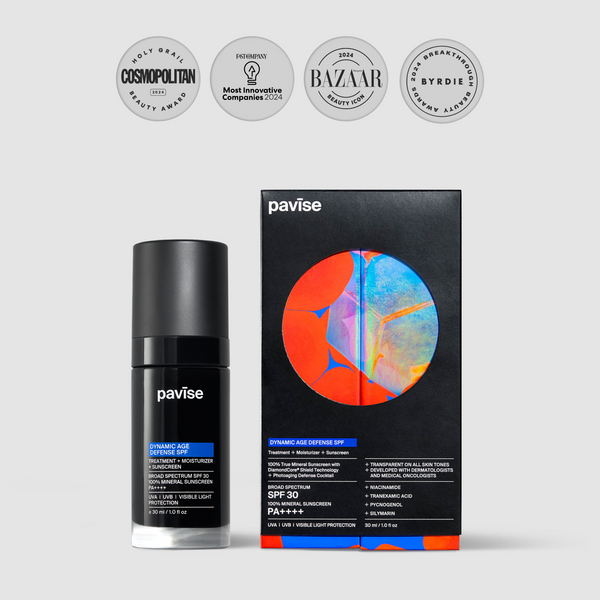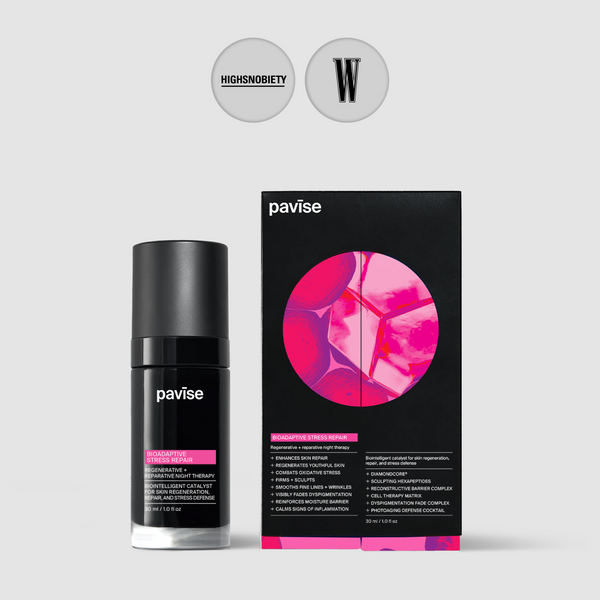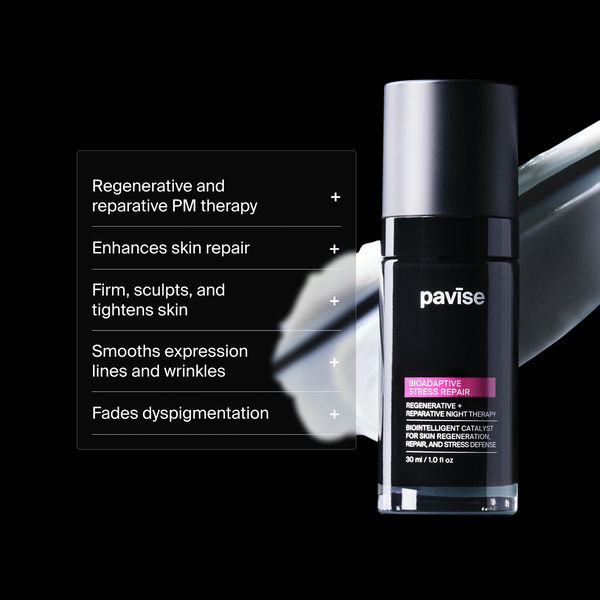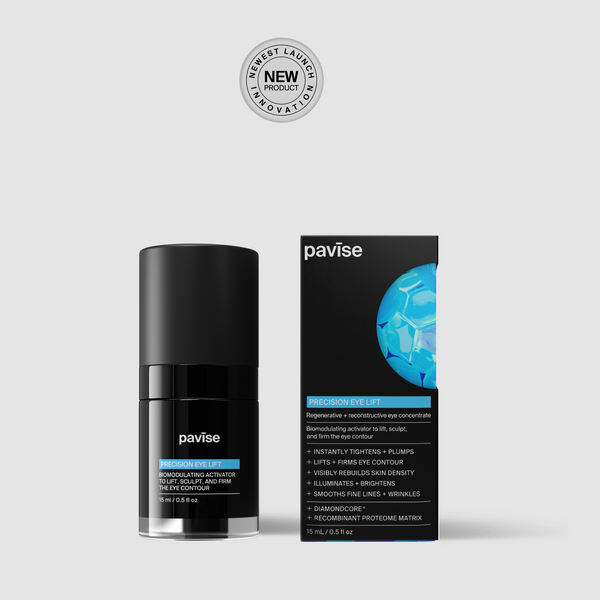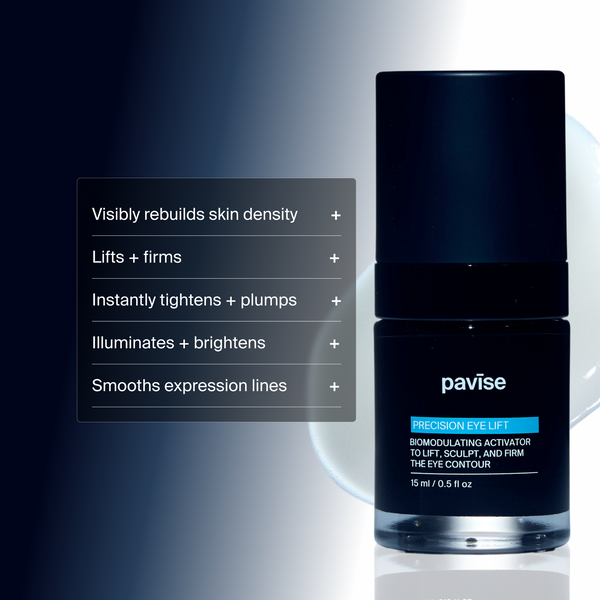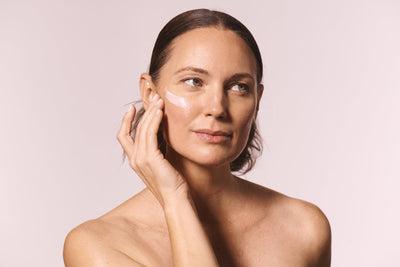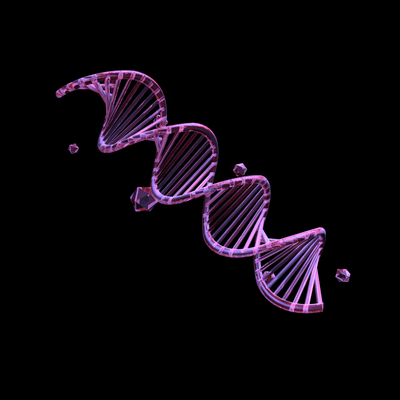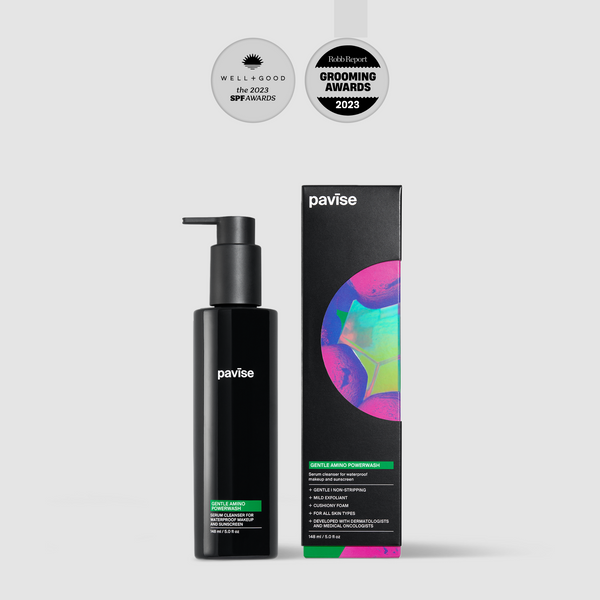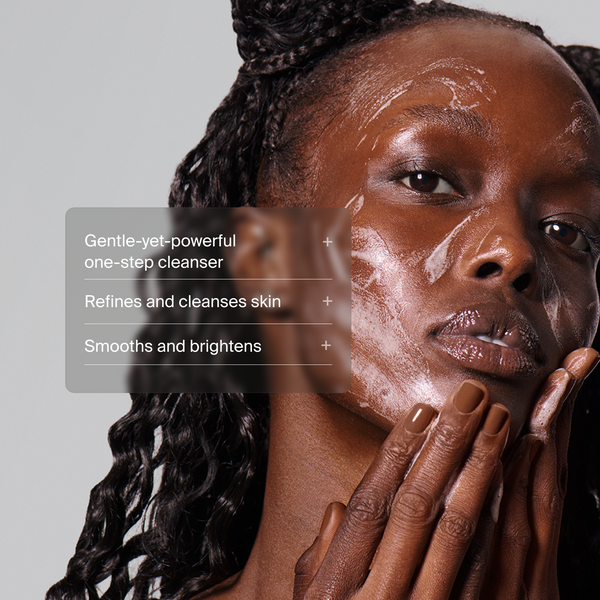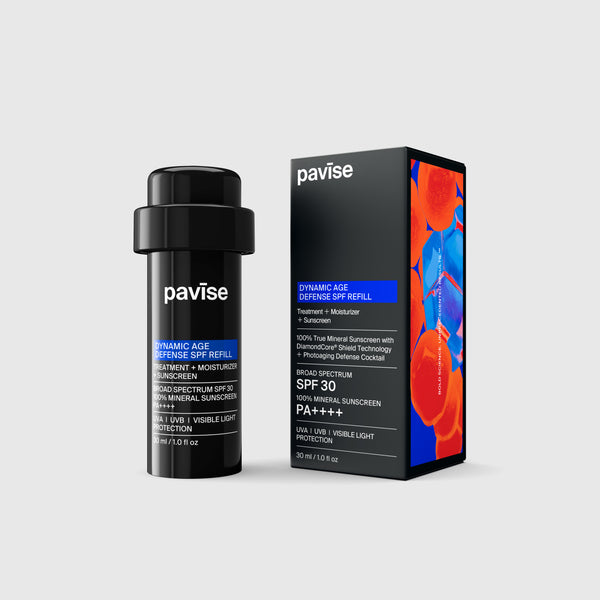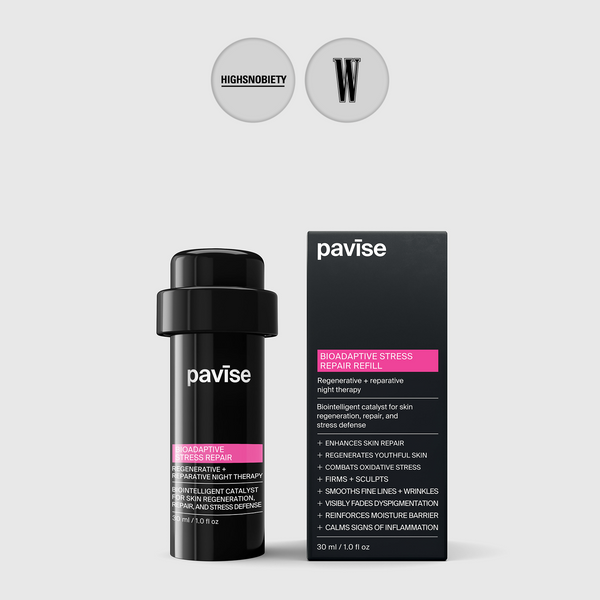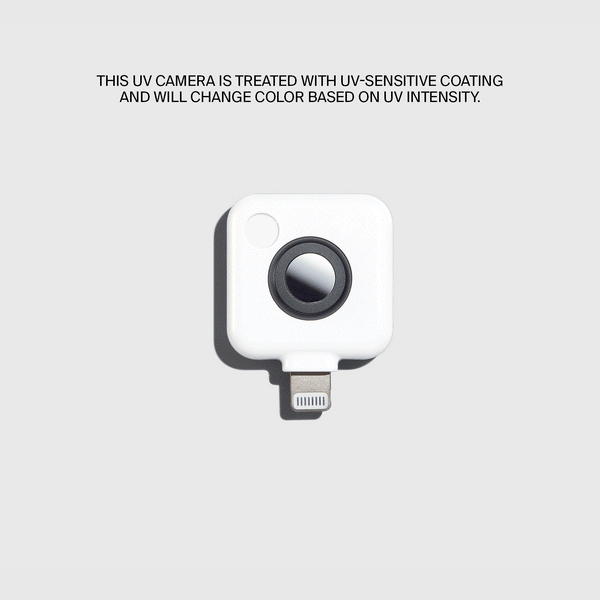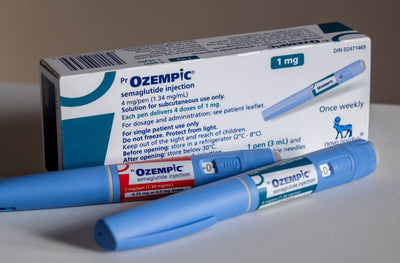THE MOLECULAR INTERSECTION OF DIABETES AND SKIN RESILIENCE
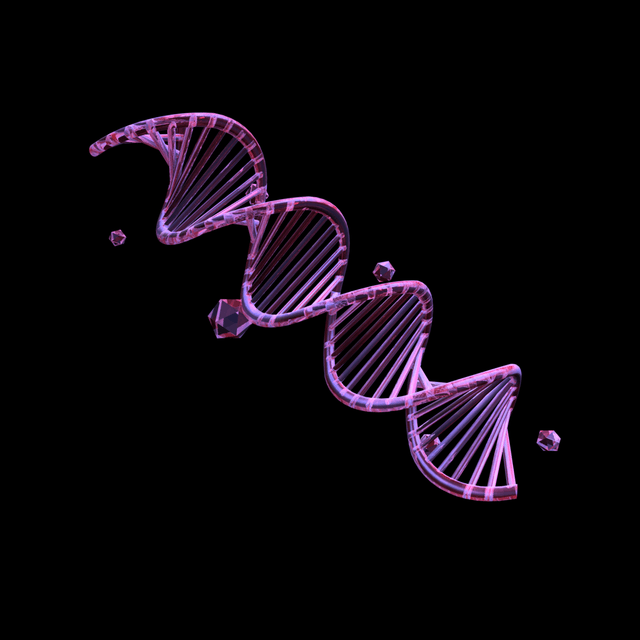
What you need to know
Diabetes can accelerate skin aging by increasing the formation of advanced glycation end products (AGEs), which result from excess sugar binding to proteins in the skin. These AGEs disrupt collagen structure, reduce elasticity, damage the skin barrier, and contribute to dryness, discoloration, and deeper wrinkles. Oxidative stress and UV exposure further amplify these effects by promoting both AGE production and inflammation.
While reversing AGE formation remains a challenge, targeted skincare that supports collagen production, enhances wound healing, and neutralizes free radicals offers a promising way to protect and restore skin affected by diabetes.
When we think about diabetes, we often focus on blood sugar levels, insulin, and internal health complications, but what about the skin? Surprisingly, one of the most visible signs of diabetes might be written across your face. Studies have shown that individuals with diabetes show more signs of skin aging than healthy individuals of the same age, with their skin showing a lack of elasticity and deeper, more intense wrinkling2.

Volume, area, and depth of wrinkles (A–C) between Group 1 (healthy) and Group 2 (diabetic) participants in the Periorbital region and depth of wrinkles in the Nasolabial region (D). Figure provided by Moraes et al.
The culprit? A mix of high blood sugar and oxidative stress that triggers a cascade of reactions deep within the skin, starting with the formation of damaging molecules called advanced glycation end products (AGEs). These molecules quietly sabotage your skin’s structure, affecting everything from hydration to collagen. In this article, we’ll break down how diabetes speeds up the skin aging process, what’s really happening beneath the surface, and what you can do to protect and restore your skin’s health.
What are AGEs?
Before discussing the impact of AGEs, it is important to note what they are, and how they are formed. Advanced glycation end products (AGEs) are the result of a naturally occurring reaction between free reducing sugars and free amino groups of proteins1. In other words, the end of a sugar molecule such as glucose undergoes a reaction with a specific section of a protein that is able to react. This causes them to bind together to form an intermediate structure which then goes through multiple reaction pathways and rearrangements to ultimately get to the final AGE structure1. The process itself is referred to as glycation. The key takeaway to understand is that the proteins in our cells are affected by this process because it changes their structure which inherently changes their function.

Graphic provided by Chen et al.
How does diabetes affect the skin?
The reason that diabetes can induce more signs of skin aging is because it is a metabolic disorder that impairs regular skin function and produces more AGEs than the naturally occurring amount2. Individuals with diabetes have a higher concentration of sugar in the blood due to their body’s inability to process it. The glycation process is a reaction involving these sugars, so a higher accumulation of sugar leads to more AGE production2. Additionally, AGE production can be induced by reactive oxygen species (ROS) content and can even cause the formation of ROS. This means that diabetic individuals are more susceptible to UV damage because it causes the accumulation of damaging AGEs as well as the production of additional ROS3. To put it plainly, diabetics experience a positive feedback loop of damaging ROS formation leading to damaging AGE products3.
What effect does AGE content have on the skin?
With this understanding of the diabetic symptom that causes skin aging, we can discuss the exact mechanisms that occur to better understand how to treat them. Increasing AGE content leads to skin discoloration, a lack of elasticity, dryness, thinning, and deeper wrinkles due to the effects that it has on the dermal and epidermal layers of our skin2-4.
On the outer layer of our skin, the epidermis, AGEs cause damage to the skin barrier by affecting the epidermal structure proteins4. The skin barrier is responsible for protecting the inner layers of the skin as well as maintaining skin hydration. When the barrier is damaged, this leads to an increase in transepidermal water loss (TEWL) which results in skin thinning as well as dry skin2,4.
The epidermal layer also experiences an increase in melanin production when exposed to UV irradiation in the presence of AGEs. AGEs have a receptor, RAGE, which is present in many different types of cells, but it is found the most in skin cells4. This receptor is involved in the pathways that produce melanin from melanocytes. UV exposure causes an uptake in AGEs that bind to their receptor. When AGEs bind to their receptor, it activates the pathways that lead to more melanin production which is what leads to the discoloration that can appear on diabetic skin4.
The most prominent symptoms of skin aging, wrinkles and a lack of elasticity, occur in the dermal layer of our skin. Wrinkles and stiffness are regulated by collagen levels, a major structural component of the extracellular matrix (ECM). The ECM is extremely susceptible to AGE formation, so collagen and elastic fibers are affected1,4. When collagen is glycated, it can cause crosslinking between the fibers. Crosslinking limits the flexibility of collagen, as well as its ability to interact with other ECM proteins, which reduces skin elasticity1,3. Crosslinked collagen is also more resistant to degradation, so new, functional collagen cannot be formed3. This leads to more severe wrinkling because the skin is stiffer and has impaired turnover.

Finally, AGEs simply damage cellular function when they accumulate on various proteins in the cell. As the AGE content in the cell increases, more of them can bind to their receptor which causes the activation of many different pathways. RAGE increases ROS generation, activates inflammatory signals, and can even lead to cellular apoptosis, or cell death1. When all of these mechanisms are damaged, cell proliferation is decreased which reduces the wound healing ability of the skin and degrades the ECM which causes skin thinning as well1,4.
How can we treat the symptoms?
The next course of action would be to figure out a way to reverse the signs of skin aging caused by diabetes symptoms. Many researchers have been trying to attack the situation by preventing or reversing AGE production. While this is the ideal solution, it is still being researched, so there are not many AGE reversal methods out there just yet. In the meantime, we can treat the symptoms caused with antiaging products that improve collagen production, increase wound healing capabilities, and reduce ROS levels.
Our preferred method of treatment is the Pavise DiamondCore® technology which has been proven to increase collagen levels, improve wound healing, and scavenge free radicals produced by UVA damage5. The molecule structure of zinc oxide surrounding a nanodiamond core (ND-ZnO) improves the mechanical properties of zinc oxide which allows for better antiaging treatment. This means that ECM and skin barrier degradation caused by AGE accumulation can be combatted. ND-ZnO can allow for new collagen synthesis that is not glycated to prevent damage. Additionally, it can prevent the formation of AGEs by scavenging the free radicals that create ROS. ROS production enhances AGE formation because the free radicals are what can cause the glycation reaction to occur between the sugar and proteins. By removing them, ND-ZnO effectively prevents this formation from occurring. As a result, DiamondCore® technology offers a proactive, scientifically grounded approach to preserving skin health and preventing visible signs of aging at the molecular level.
Diabetes doesn’t just affect what’s happening inside the body; it shows up on your skin too. High blood sugar and oxidative stress speed up skin aging, leading to dryness, dark spots, and deeper wrinkles. While we can’t hit reverse just yet, smart skincare that boosts collagen and fights off free radicals can make a real difference. The right routine can help restore glow, smoothness, and strength to skin that’s feeling the effects of diabetes.
References
1. Kim CS, Park S, Kim J. The role of glycation in the pathogenesis of aging and its prevention through herbal products and physical exercise. Journal of Exercise Nutrition & Biochemistry. 2017;21(3):55-61. doi:https://doi.org/10.20463/jenb.2017.0027
2. Veronica Rego Moraes, Oliveira M, Campos M. Evaluation of Morphological and Structural Skin Alterations on Diabetic Subjects by Biophysical and Imaging Techniques. Life. 2023;13(2):579-579. doi:https://doi.org/10.3390/life13020579
3. Gkogkolou P, Böhm M. Advanced glycation end products. Dermato-Endocrinology. 2012;4(3):259-270. doi:https://doi.org/10.4161/derm.22028
4. Chen C, Zhang JQ, Li L, et al. Advanced Glycation End Products in the Skin: Molecular Mechanisms, Methods of Measurement, and Inhibitory Pathways. Frontiers in Medicine. 2022;9. doi:https://doi.org/10.3389/fmed.2022.837222
5. Zhang XD, Teng C, Bai X, et al. Enhanced skin regeneration and therapeutic delivery using novel diamond‐augmented zinc oxide. Journal of Cosmetic Dermatology. Published online July 31, 2024. doi:https://doi.org/10.1111/jocd.16508
By Elia Rodriguez - Updated September 24, 2025
